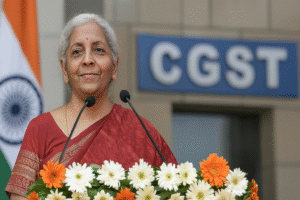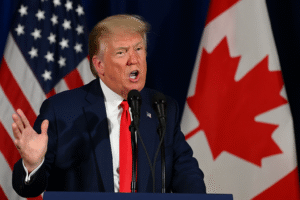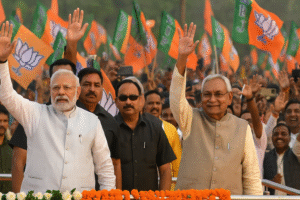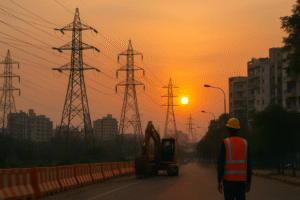Delhi is poised to witness its first-ever artificial rain through cloud seeding later this month, as the city successfully conducted a trial run on Thursday in the Burari area. Chief Minister Rekha Gupta announced that preparations for this landmark initiative to combat air pollution have been completed.
“For the first time in Delhi, preparations have been completed to induce artificial rain through cloud seeding, marking a major technological milestone in the capital’s fight against air pollution,” Gupta said in a post on X (formerly Twitter). She added that the successful test marks a “scientific leap” in Delhi’s ongoing environmental management efforts.
According to the India Meteorological Department (IMD), cloudy conditions are expected on October 28, 29, and 30 — making October 29 the likely date for Delhi’s first cloud-seeding operation.
Environment Minister Manjinder Singh Sirsa shared further details, revealing that a trial flight was conducted from IIT Kanpur to the Delhi region via Meerut, Khekra, Burari, and Aligarh, during which cloud-seeding flares were fired using advanced pyrotechnic techniques. “The flight served as a proving mission to test the seeding system’s efficiency and coordination among all participating agencies,” Sirsa said.
The project, jointly developed by IIT Kanpur and the Delhi government, aims to test whether artificial rainfall can effectively reduce particulate matter and improve air quality during the high-pollution winter season.
Originally scheduled for July 4, the artificial rain experiment was delayed due to weather conditions. Last month, the Delhi government signed an MoU with IIT-Kanpur to conduct five cloud-seeding trials, primarily in northwest Delhi.
Approved by 23 government departments, including the DGCA, the project will operate under strict safety and air traffic regulations between October 1 and November 30. A Cessna 206-H aircraft (VT-IIT) operated by IIT-Kanpur’s Department of Aerospace Engineering will carry out the missions, supported by experts from IITM Pune and the IMD.
Gupta praised the collaboration as a “historic step toward cleaner skies,” while Sirsa credited Prime Minister Narendra Modi’s support for timely approvals that enabled the project’s execution.
If successful, this initiative could serve as a model for scientific pollution control across other Indian cities struggling with smog and declining air quality each winter.
Originally published on newsworldstime.com.
Originally published on 24×7-news.com.








